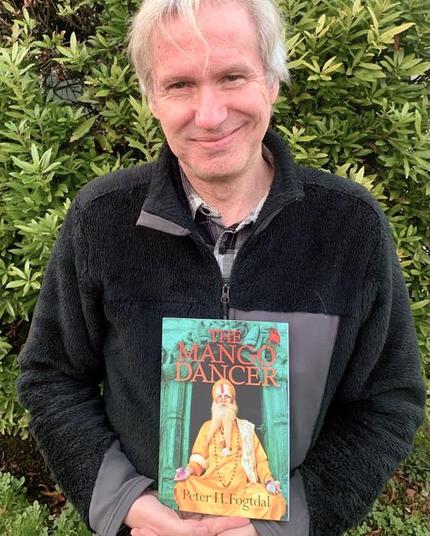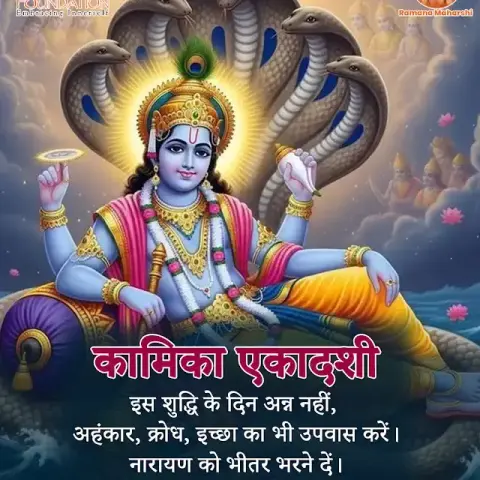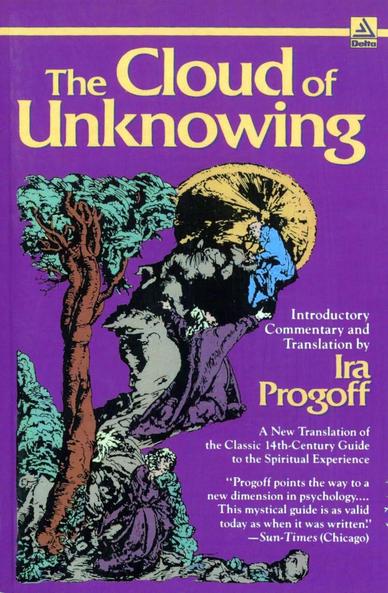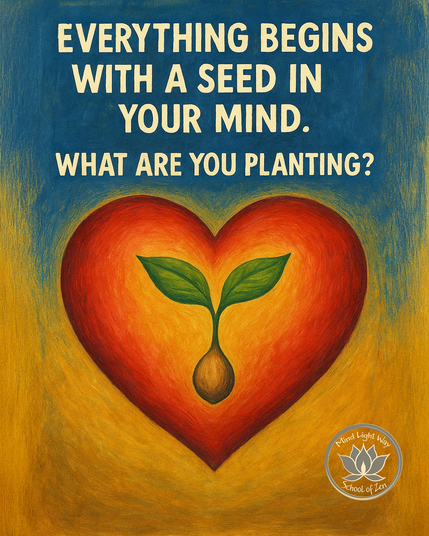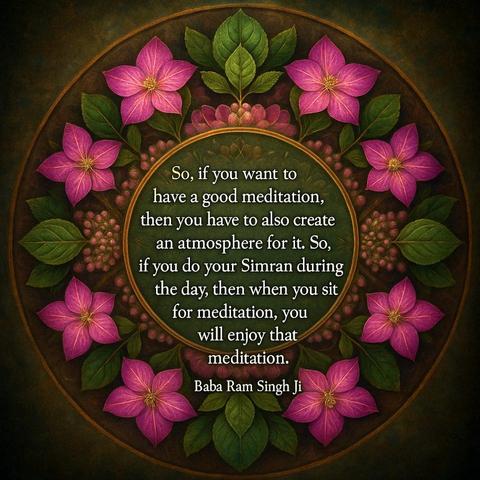Only The Breath Remains: A Journey Into Unfolding Awareness
Beyond striving and identity, there is a quiet space where presence blooms. This piece invites you to explore mindfulness, not as a goal, but as a gentle return to the breath, to the moment, to the infinite essence that has always been yours.
The Intellect Knows First, But The Heart Must Follow
Mindfulness begins as a concept, but only through surrender does it become embodied.
Mindfulness is a process intellectually understood before the heart and mind can follow; however, the journey towards genuine mindfulness requires more than mere comprehension. Beginners on the path to mindfulness often arrive with such enthusiasm, eager to see, learn, and feel the observer behind the door of perception. Yet, the striving and craving for mindfulness can paradoxically defeat its very purpose. We must relax into the state of awareness, allowing the natural ebb and flow of thoughts and feelings to emerge without judgment or interference. This is not to say we should not practice mindfulness, as it is within formal sitting practice that we can slowly release attachment to the outcome of our experiences. This process teaches us to simply be and reside in the present moment.
The Paradox of Striving: Relaxing Into Awareness
True mindfulness arises not from effort, but from allowing presence to unfold naturally.
Photo by Daniel Frank on Pexels.comIt takes years for most practitioners—sometimes not merely two or three, but perhaps a lifetime—to cultivate this deep awareness and acceptance. Much like life itself, the practice will have its ups and downs, flowing in harmony with the natural rhythms of existence. As we progress, one begins to embody a more natural state where there is no longer the heavy burden of karmic action weighing down the spirit. Instead, it is dissolved into a profound sense of oneness, where an appreciation for life unfolds effortlessly, allowing us to connect deeply with ourselves and the world around us. By nurturing this connection, we find freedom in ourselves and foster greater compassion for others, enhancing our overall experience of life.
Practice As Path: Sitting With The Flow of Existence
Formal mindfulness practice helps us release attachment and reside in the present moment.
Mindfulness practice eventually allows us to drop our identifiers such as mother, wife, geologist, meditator, Yogi, meditation teacher, Reiki master, artist, and so on. While these labels may define roles we play in life, they are ultimately just things we do and not a true reflection of who we are at our core. By engaging deeply in mindfulness, we begin to peel away these layers of identification, realizing that they do not encompass our entirety. Instead, we uncover the essence of our being, which is at all times infinite, boundless, and filled with creative energy. This energy is rich with pure potentiality, constantly evolving and transforming, inviting us to embrace the present moment without attachment to our past or future selves. As we sit in stillness and awareness, we become attuned to this deeper reality—one where joy, love, and creativity flow abundantly, unencumbered by societal expectations and self-imposed limitations.
For Beginners: Easing into Awareness
Photo by NEOSiAM 2024+ on Pexels.comThese practices gently introduce mindfulness without reinforcing striving or self-judgment:
Three-Breath Pause
- Practice: Throughout the day, pause and take three conscious breaths. Feel the inhale, the exhale, and the space between.
- Purpose: Cultivates presence without needing a formal setting. A reminder that awareness is always available.
Sensory Anchoring
- Practice: Choose one sense—sight, sound, touch—and spend 2–5 minutes observing it without labeling or reacting.
- Purpose: Grounds the practitioner in direct experience, softening the grip of mental chatter.
Mindful Walking
- Practice: Walk slowly, noticing the sensation of each step. Let the rhythm of your movement guide your awareness.
- Purpose: Encourages embodied presence and connection with the Earth, honoring Indigenous traditions of walking meditation.
Loving-Kindness Whisper
- Practice: Silently offer phrases like “May I be well,” “May I be free,” during moments of stress or distraction.
- Purpose: Introduces compassion as a companion to awareness, not a separate practice.
For Seasoned Practitioners: Deepening the Path
These practices invite surrender into the spaciousness you describe—where identity dissolves and creative energy flows.
Open Awareness Sitting
- Practice: Sit without a specific anchor. Let sounds, thoughts, sensations arise and pass like clouds.
- Purpose: Cultivates non-clinging and spaciousness. The practitioner becomes the sky, not the weather.
Identity Inquiry
Photo by Pixabay on Pexels.com- Practice: Ask inwardly, “Who am I without my roles?” Sit with whatever arises, without needing answers.
- Purpose: Mirrors your reflection on shedding identifiers. Reveals the luminous core beneath the masks.
Nature Immersion
- Practice: Spend time in nature without agenda. Let the wind, trees, and animals guide your attention.
- Purpose: Reconnects with the primal rhythms of existence. Honors Indigenous wisdom of listening to the land.
Creative Presence
- Practice: Engage in art, writing, or movement with full attention, not for outcome but for communion.
- Purpose: Channels the boundless energy you describe—pure potentiality expressing itself through form.
Closing Reflection: Returning to the Root
In the end, mindfulness is not a destination but a return—a gentle homecoming to the essence that has always been present beneath the noise. As we sit, walk, breathe, and listen, we are not becoming something new, but remembering what has never left us. The practice is not linear, nor is it measured by achievement. It is a spiral, a rhythm, a dance with the eternal now.
Whether we are just beginning or have walked this path for decades, each moment offers the same invitation: to soften, to witness, to dissolve. In this dissolving, we do not lose ourselves—we find the spaciousness that holds all things. We become the breath, the wind through autumn leaves, the quiet pulse of the Earth. And in that becoming, we are free.
Photo by Sarbjeet Singh on Pexels.comLet the practice be your companion, not your task. Let it whisper to you in the language of stillness. And when you forget, as we all do, simply begin again. The present moment is always waiting, arms open, without judgment.
Glossary of Mindfulness Terms
Karma
This concept originates from Indian philosophies and refers to the principle of cause and effect, where an individual’s actions (good or bad) directly influence their future experiences.
Oneness
The state of being united or interconnected with everything in existence, transcending individual identity and recognizing that all life is part of a larger whole.
Meditation
A practice of focused attention that promotes relaxation, clarity, and emotional well-being. It often involves techniques such as mindfulness, visualization, or mantra repetition.
Mindfulness
The practice of being fully present and engaged in the moment, aware of thoughts, feelings, and surroundings without judgment. It encourages acceptance and observation.
Acceptance
The practice of embracing experiences, thoughts, and emotions as they are, without resistance or denial. It involves acknowledging feelings rather than trying to change or suppress them.
Awareness
The conscious recognition of one’s thoughts, emotions, and surroundings. It forms the foundation of mindfulness practice, allowing individuals to observe rather than react.
Presence
Being fully engaged in the current moment, free from distractions and preoccupations, fosters a deeper connection with oneself and the environment.
Attachment
The emotional clinging or dependence on specific outcomes, thoughts, or identities can lead to suffering or dissatisfaction when those expectations are unfulfilled.
Flow
A mental state in which a person is fully immersed and involved in an activity, experiencing a sense of effortless engagement and enjoyment, often associated with mindfulness.
Compassion
The empathetic understanding and concern for the suffering of others, coupled with a desire to alleviate that suffering. Mindfulness practice enhances compassionate responses.
Detachment
The ability to maintain a level of separation from thoughts, emotions, and experiences, recognizing them as temporary and not part of one’s identity.
Transformation
The process of profound change in one’s thoughts, beliefs, or behaviors, often resulting from mindfulness practice and self-discovery.
Identity
The characteristics, beliefs, and labels that define a person. Mindfulness encourages a deeper exploration beyond these identifiers, fostering a more expansive sense of self.
Ebb and Flow
The natural rhythm of life and experiences, akin to the tides, where moments of peace and turbulence are accepted as part of the journey.
Creative Energy
The inherent potential within individuals that drives creativity, innovation, and expression. Mindfulness helps nurture and access this innate energy.
#autumnmindfulness #awareness #balance #beginnermeditation #boundlessbeing #breathasanchor #conciousliving #creativestillness #dailyawareness #dharmareflections #dissolvingtheself #experience #healing #healingthroughpresence #lettinggoseason #meditation #meditativewisdom #mindful #mindfulness #moments #practice #simplemindfulnesspractices #spiritualgrowth #spiritualpractice






